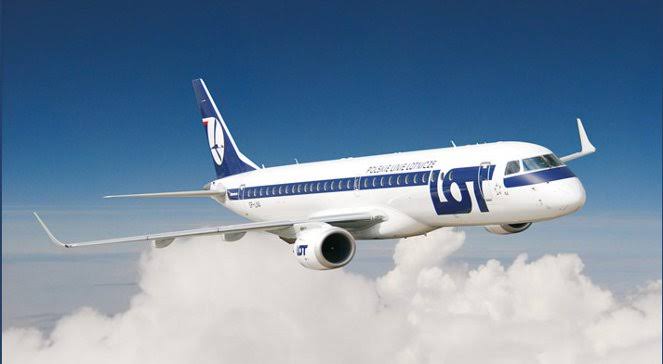United Airlines CEO calls pullback in domestic seats a durable trend
In recent developments within the U.S. aviation industry, United Airlines CEO Scott Kirby has highlighted a significant and enduring shift in domestic seating capacity.
This strategic reduction, described by Kirby as a “durable trend,” has profound implications for airline profitability, ticket pricing, and the overall landscape of air travel in the United States.
The Genesis of Capacity Reduction
The deliberate pullback in domestic seat availability is not merely a reaction to transient market conditions but a calculated strategy aimed at enhancing financial performance. Several factors have converged to drive this trend:

1. High Operating Costs at Major Hubs: Airports in key cities such as New York, Chicago, Los Angeles, and San Francisco have experienced escalating operational expenses.
These increased costs have deterred low-cost carriers from maintaining or expanding their presence in these markets, thereby reducing competition and overall seat capacity.
2. Aircraft Shortages: The industry is grappling with a scarcity of aircraft, particularly wide-body jets, due to production delays and engine maintenance issues.
This shortage has constrained the ability of airlines to expand capacity, reinforcing the trend of limited seat availability.
3. Strategic Focus on Profitability: Airlines are increasingly prioritizing profitability over market share.
By limiting seat growth, carriers can maintain higher ticket prices, offset rising operational costs, and improve financial outcomes.
Financial Implications and Market Response
The reduction in domestic seating capacity has yielded notable financial benefits for major carriers:
United Airlines’ Performance: In the fourth quarter of 2024, United Airlines reported a net income of $1 billion and total operating revenue of $14.7 billion, marking a 7.8% increase compared to the same period in 2023.
This robust performance is attributed to the strategic reduction in seat capacity, which has enabled higher ticket prices and improved profitability.
Industry-Wide Trends: The broader airline industry has experienced similar positive financial outcomes.
For instance, Delta Air Lines has acknowledged the benefits of capacity restraint, describing the industry’s approach as a “constructive” backdrop for financial health.
Impact on Airfares and Consumer Demand
The deliberate reduction in seat capacity has led to a tightening of





